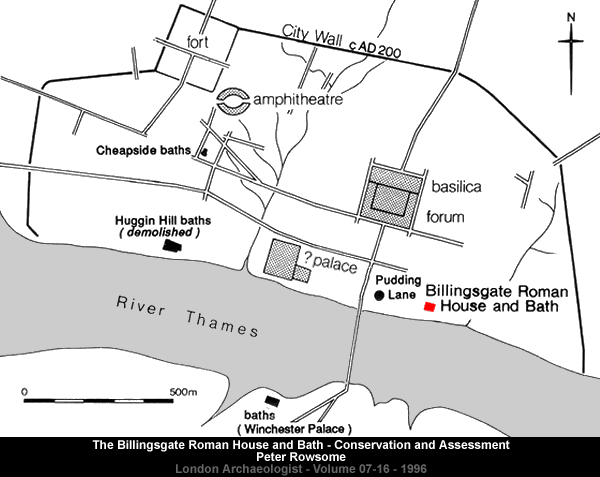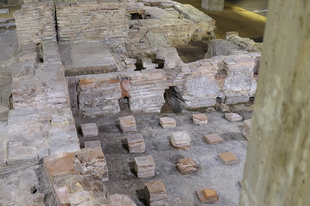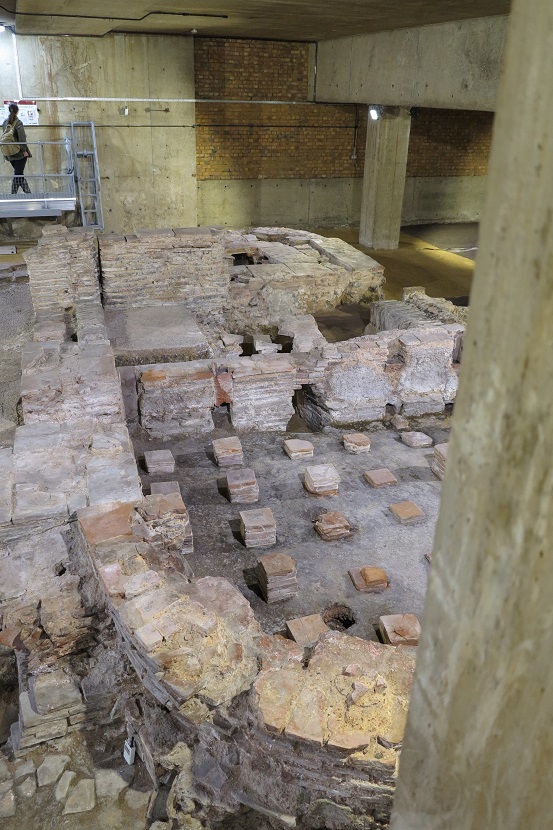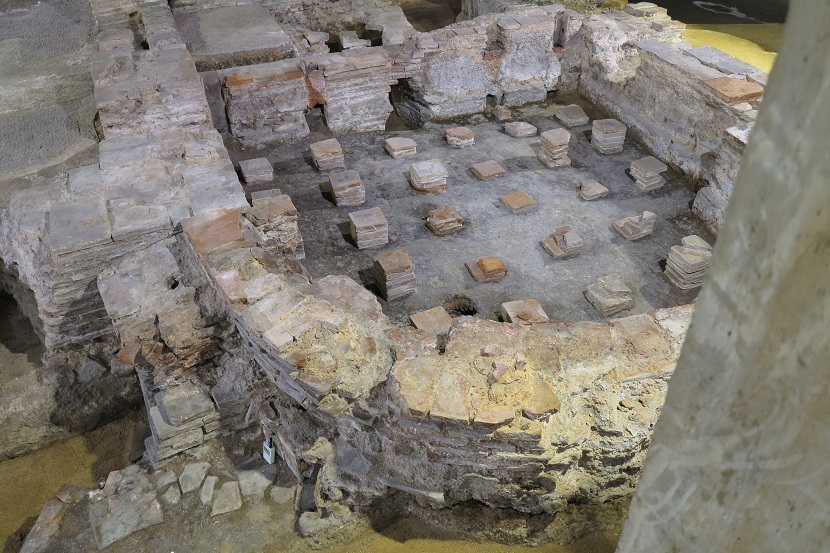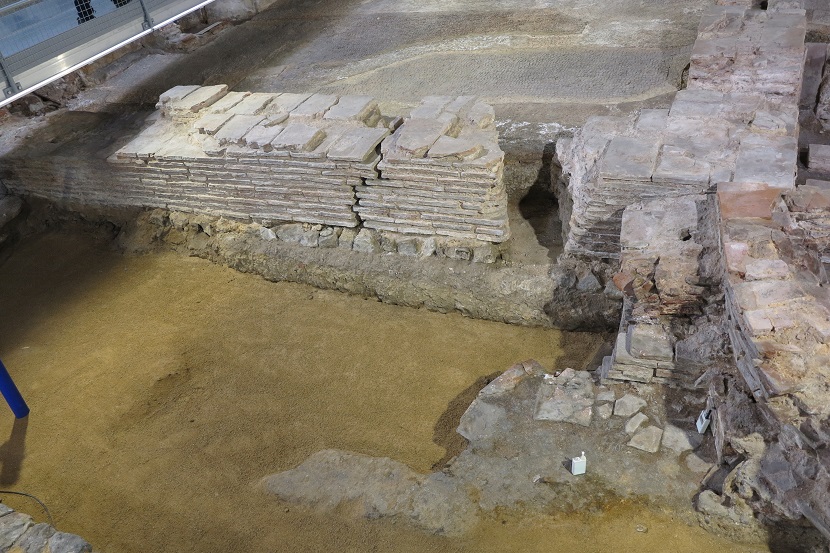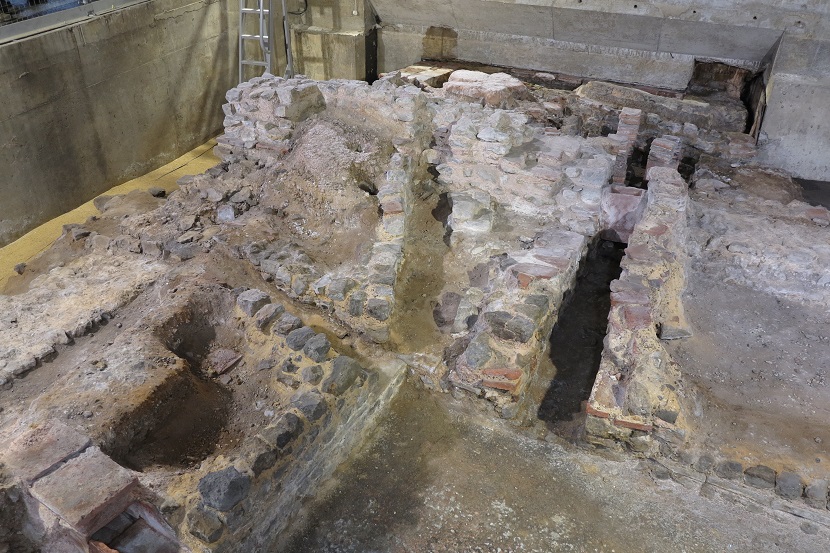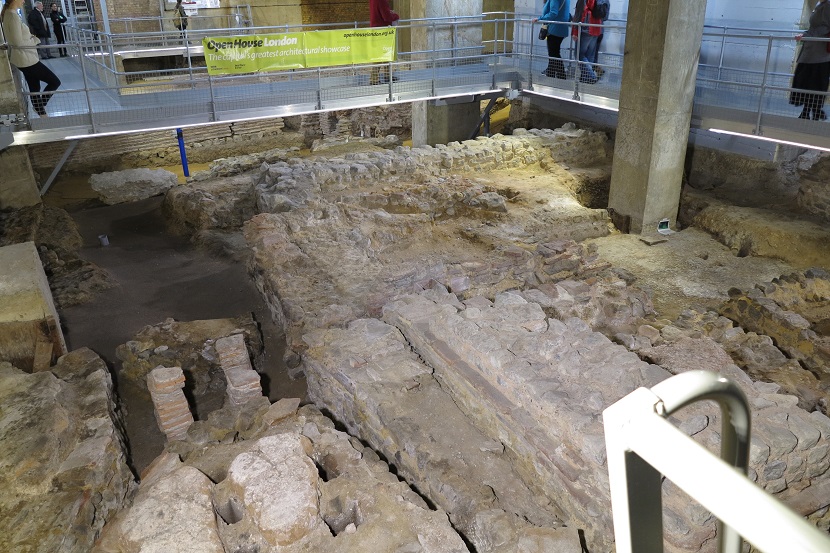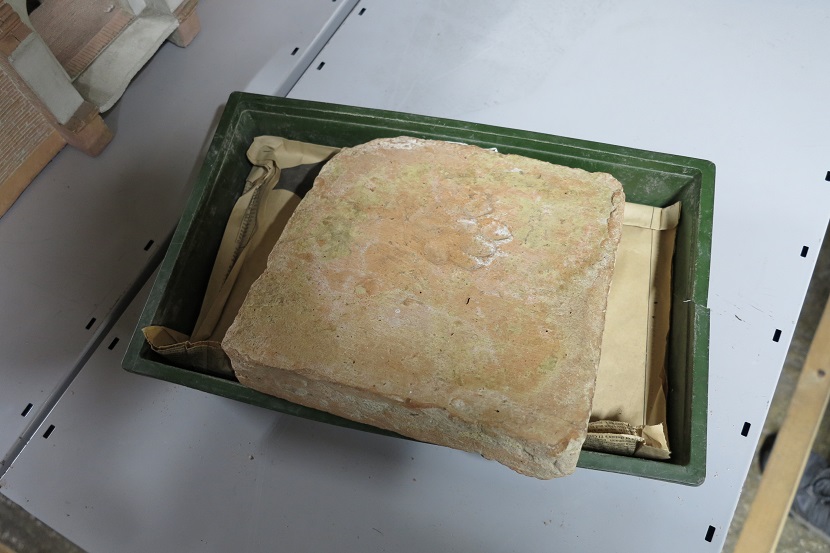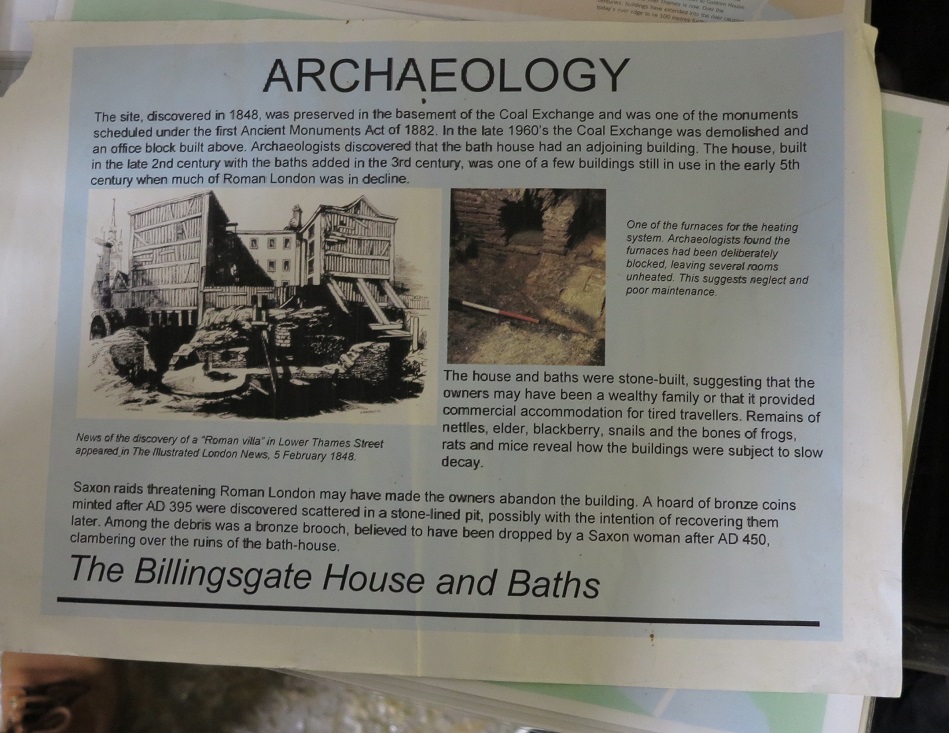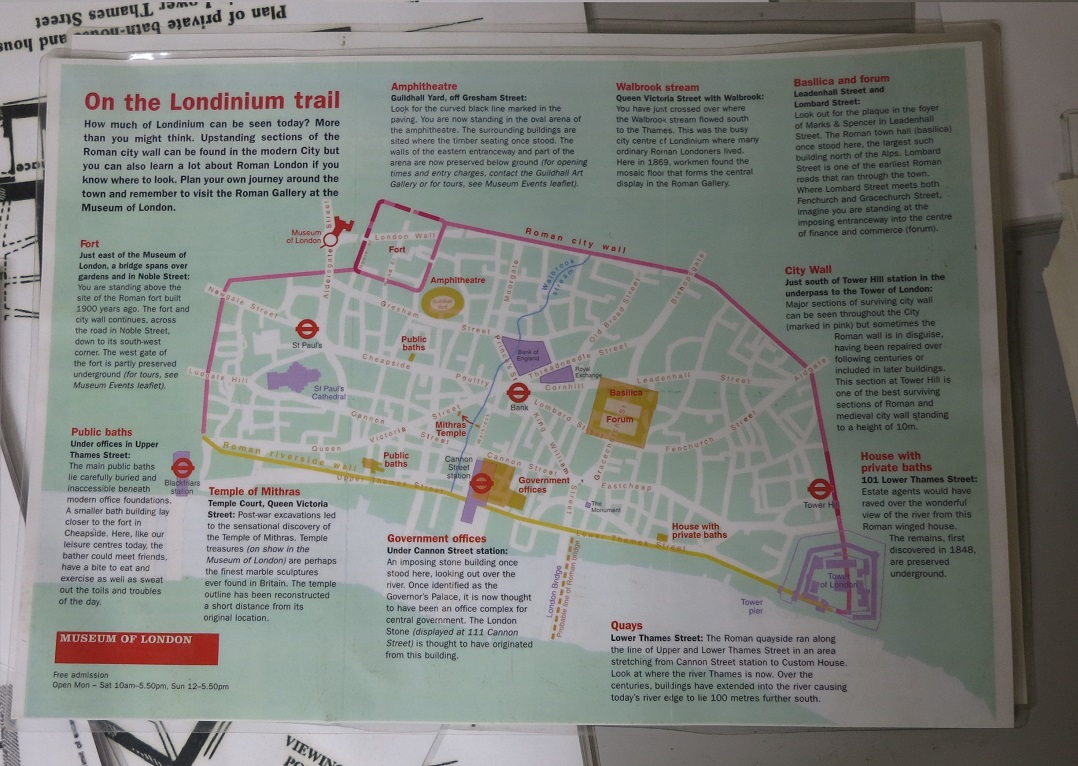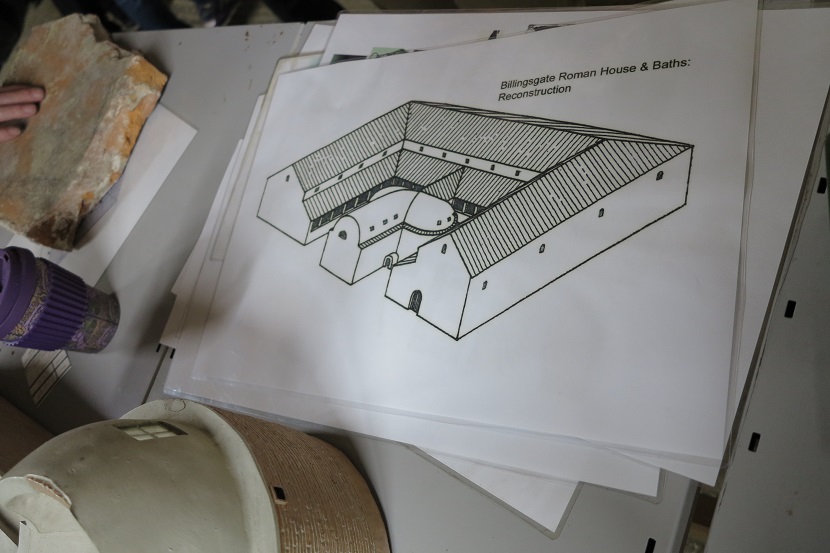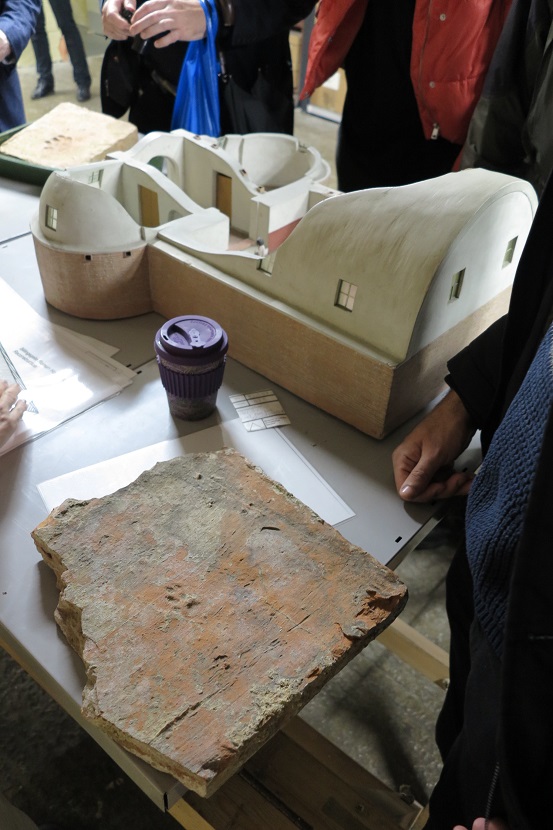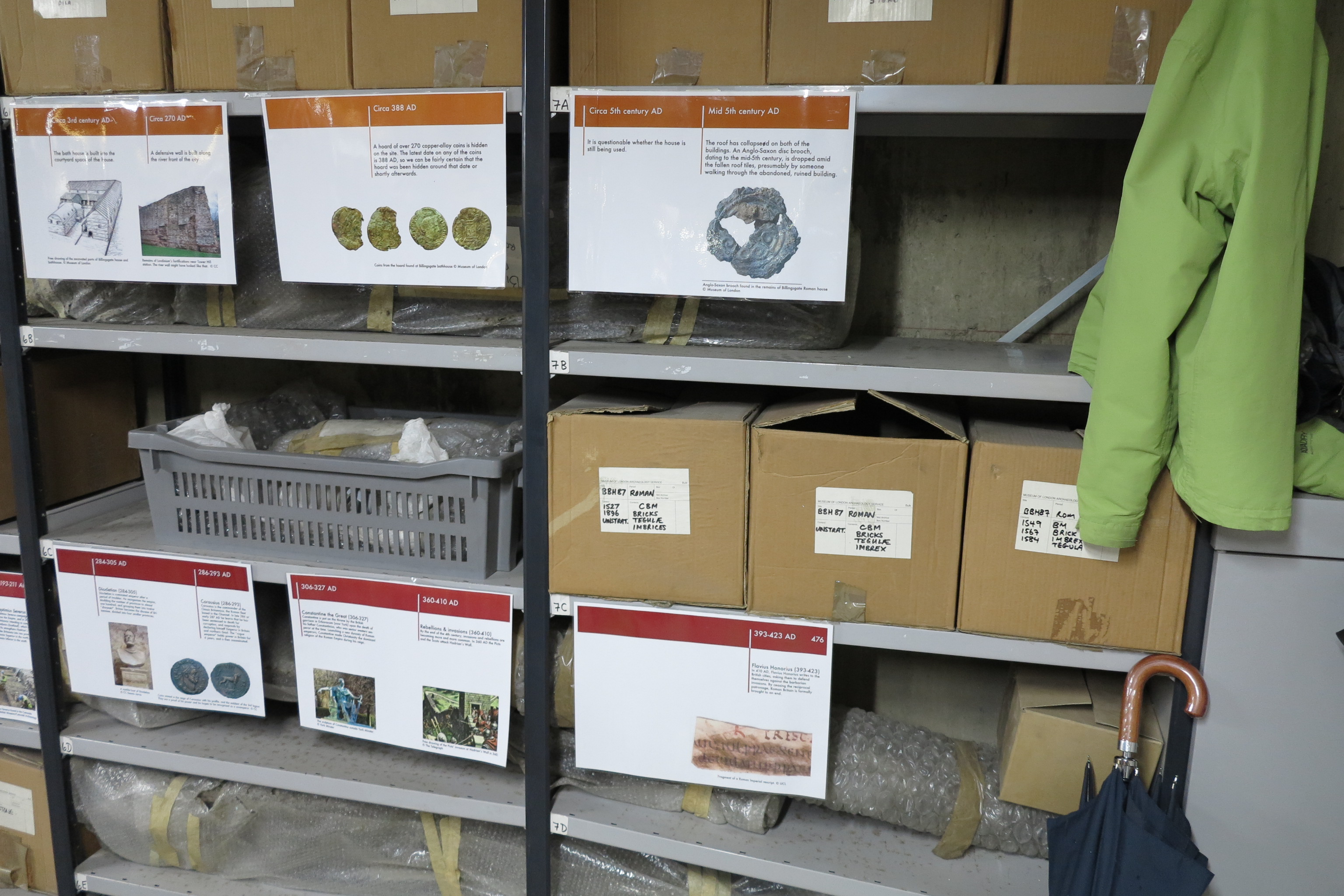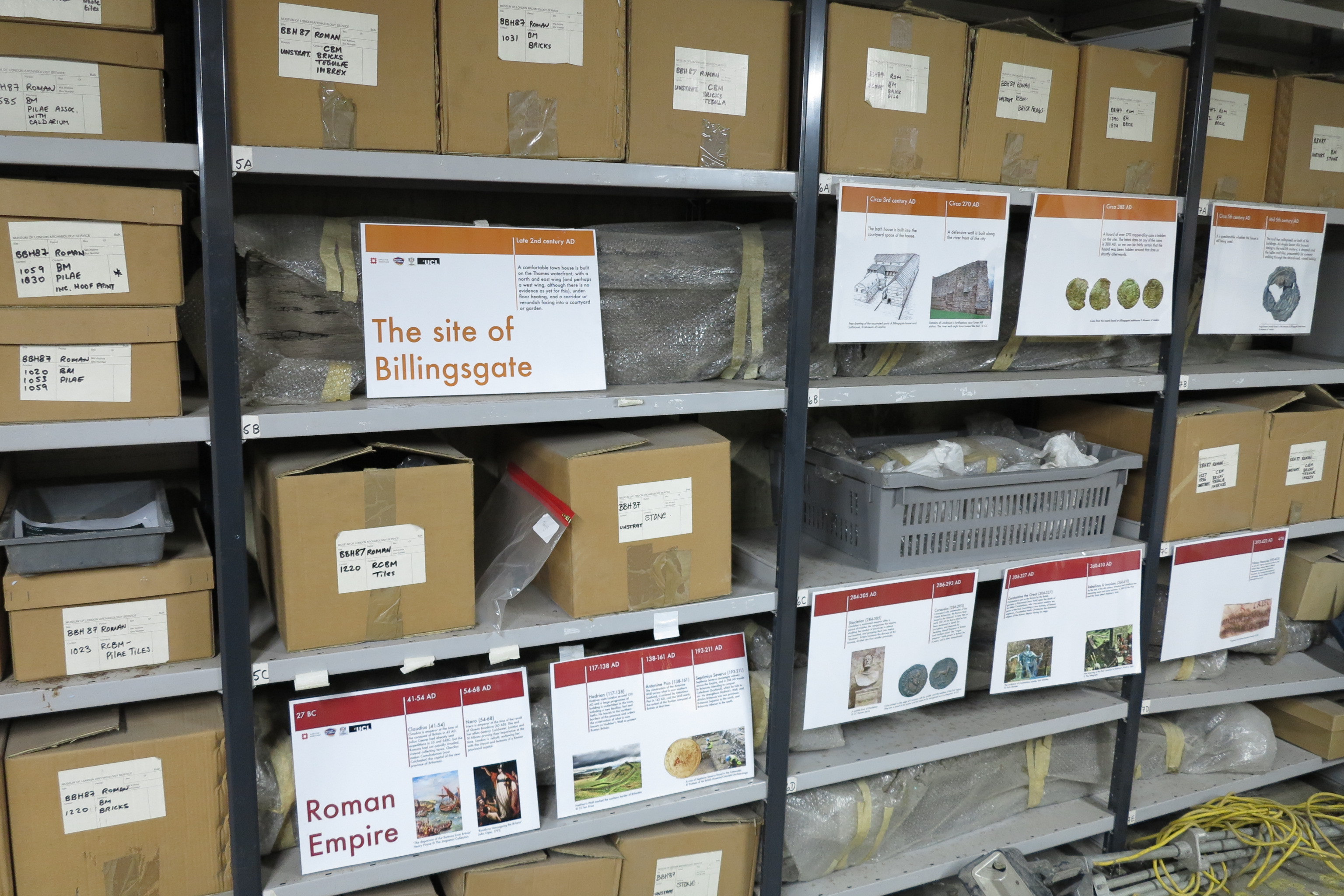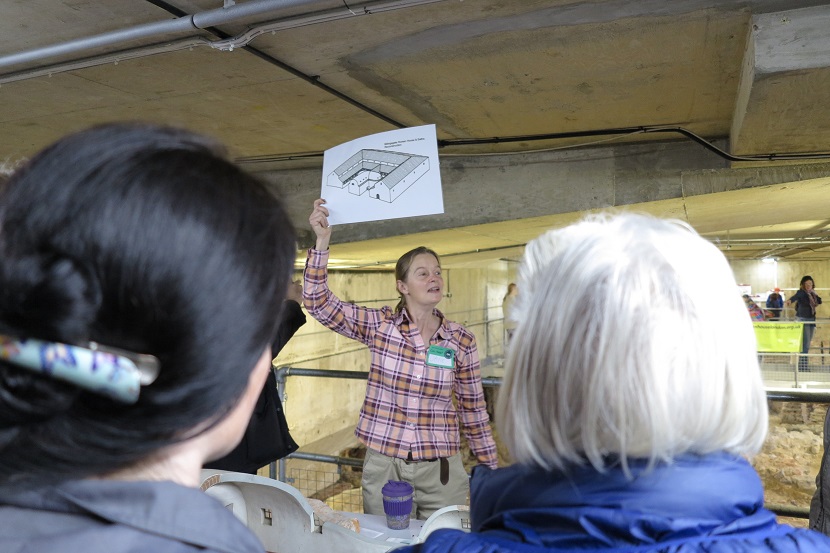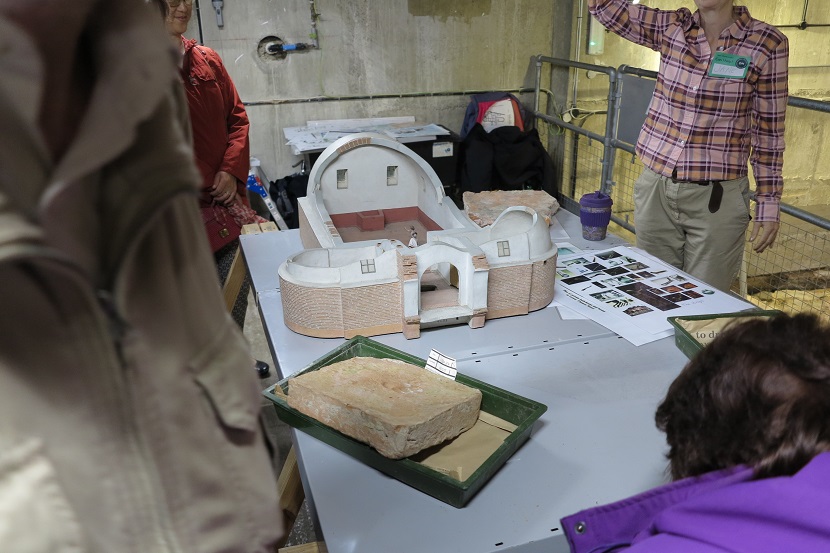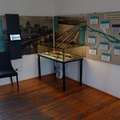A Billingsgate-i római ház a Londinium (római londoni) házának régészeti helye. A ház legjobban megőrzött része a padlófűtés. A romokat 1848-ban fedezték fel, míg a Szénátvevőt a helyszínen építették. A maradványokat megőrizték és az épület pincéjében látható volt. 1967 és 1970 között a Szénátvevőt egy másik épület váltotta fel, az Alsó-Temze utca pedig kibővült. A telepen további ásatások készültek, és a maradványokat beépítették az új épület pincéjébe, de nem voltak nyilvánosak. A fazekasság azt mutatja, hogy a római házat a II. Század második felében állították fel, és ebben az időben az udvar körül északi és keleti szárny állt. Ekkor a ház a Temze vízpartján volt. A keleti szárny szobái padlófűtéssel rendelkeztek. A 4. század végén több száz érmét találtak az ásatások során. Ez különösen fontos, mivel Nagy-Britanniában kevéssé ismert a római uralom vége. Azonban a ház valószínűleg már 500-ban romokban volt.
The Roman house at Billingsgate is the archaeological site of a house from Londinium (Roman London). The best preserved parts of the house are a bath with hypocausts. The ruins were discovered in 1848 while the Coal Exchange was built on the site. The remains were preserved and were visible in the cellar of the building. In 1967 to 1970, the Coal Exchange was replaced by another building and the Lower Thames Street was enlarged. Further excavations were made at the site and the remains were incorporated into the cellar of the new building, but were not open to the public. Pottery has shown that the Roman house was erected in the late 2nd century and had at this time a north and an east wing around a courtyard. At this time the house was at the waterfront of the Thames. The rooms in the east wing had underfloor heating.Several hundred coins of the late 4th century were found at the excavations. This is of special importance as there is little known about the end of the Roman rule in Britain, and this house attests a large-scale building in use until the beginning of the 5th century. However, the house was most likely already in ruins by the year 500.
